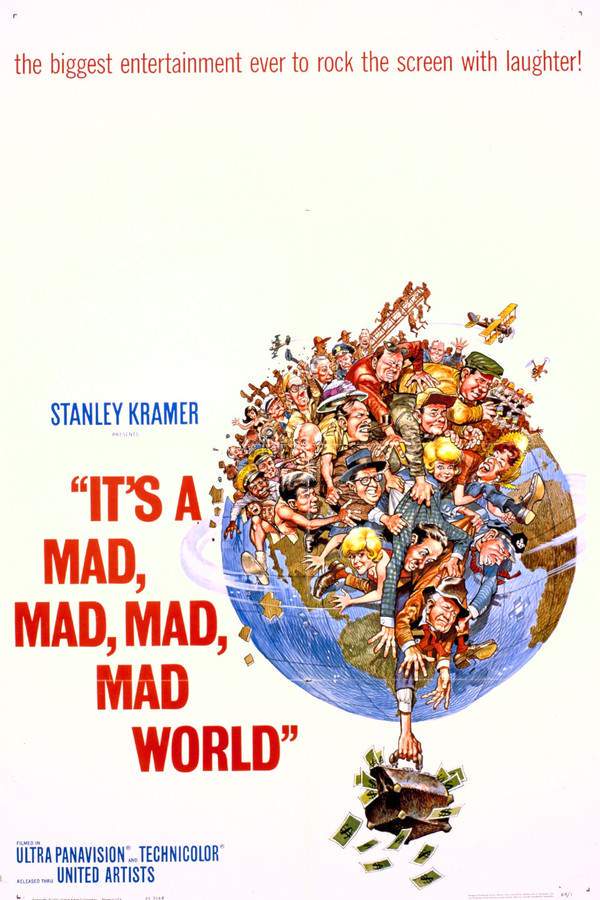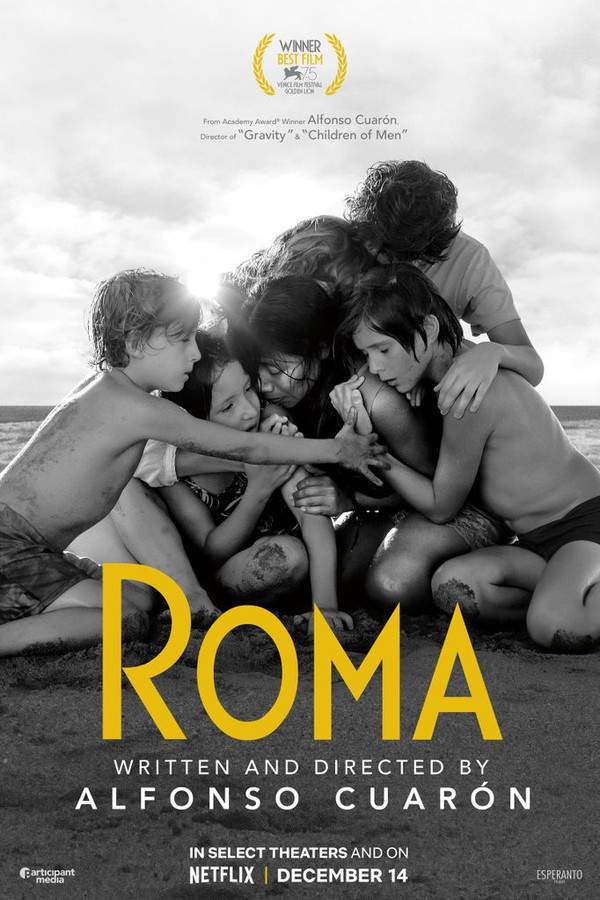What's After the Blog?
Film Industry • Cinema
The Art of Film Editing: More Than Just Cutting
Explore the intricate art of film editing and its profound impact on storytelling, rhythm, and emotion in cinema through our comprehensive blog post.
March 18, 2024

Movies mentioned in this article
The Art of Film Editing: More Than Just Cutting
Introduction
Welcome to our latest discussion on What’s After the Movie (ATM), where we delve into the often underappreciated yet crucial world of film editing. Far from just being about cutting and joining shots, editing is an art form that shapes the very essence of a film. It’s a process that determines the rhythm, pacing, and narrative flow, often transforming raw footage into a cohesive and engaging story. In this deep dive, we’ll explore the nuances of film editing, uncovering how it influences the storytelling process and the viewer’s experience, and why it’s considered the “invisible art” of cinema.
The Essence of Film Editing
Defining Film Editing
Film editing is the process of selecting and combining shots into sequences to create a finished motion picture. It is here that the story begins to take shape, guided by the editor’s artistic vision. Editors work with the raw footage, selecting the best takes and piecing them together to craft the narrative. The art of editing goes beyond mere technical skills; it requires a deep understanding of storytelling, rhythm, and emotion.
The Evolution of Editing Techniques is a journey from the physical cutting and splicing of film in the early days to the digital non-linear editing systems of today. The transition from analog to digital has revolutionized the editing process, allowing for more flexibility, experimentation, and complexity in the editing suite. Editors can now manipulate footage with greater ease, trying different sequences and effects, something that was much more labor-intensive in the analog era.
Techniques and Styles in Editing
Film editing encompasses a variety of techniques and styles, each serving different narrative purposes.
- Continuity Editing: This technique is used to maintain a continuous and clear narrative action. It ensures the story flows seamlessly from one shot to the next, as seen in classics like Casablanca.
- Montage: A powerful tool for condensing time and information, montage involves piecing together separate shots to form a cohesive whole. Sergei Eisenstein’s Battleship Potemkin is a seminal example, where montage is used to create a strong emotional and political statement.
- **Jump
Cuts and Match Cuts**: These are innovative techniques that challenge traditional storytelling. A jump cut, which breaks the continuity of time, can be seen in Jean-Luc Godard’s Breathless, creating a sense of urgency and disorientation. Match cuts, on the other hand, are a more seamless way of transitioning from one scene to another, aligning similar composition or action in two different shots. A famous example is the match cut in 2001: A Space Odyssey, where a bone thrown into the air transitions into a spaceship, connecting two disparate eras in human evolution.
These editing techniques are not just tools for assembling a film; they are the means by which editors can shape and manipulate the narrative, tone, and pace, ultimately influencing how the story is perceived and experienced by the audience.
How Does Film Editing Influence the Storytelling Process?
Film editing is often referred to as the second phase of storytelling, playing a pivotal role in how the narrative unfolds. The editor’s choices can dramatically alter the story’s pacing, mood, and structure. For instance, rapid editing in action sequences, like those in Mad Max: Fury Road, creates a sense of urgency and chaos, whereas longer takes, such as those in Alfonso Cuarón’s Roma, allow the audience to immerse themselves in the scene and characters. Editing also plays a key role in building suspense, as seen in Hitchcock’s Psycho, where quick cuts in the infamous shower scene not only hide the violence but also heighten the terror. In essence, editing shapes the viewer’s emotional response and engagement with the film, guiding them through the narrative in a way that aligns with the director’s vision.
The Editor’s Role in Filmmaking
The role of the editor in filmmaking is often undervalued but is as crucial as that of the director. The editor is responsible for bringing the director’s vision to life, often referred to as the film’s “invisible artist.” Their collaboration is a dynamic dialogue, with the editor bringing a fresh perspective to the footage. The editor’s input can sometimes redefine the narrative, bringing new insights that even the director may not have considered. A classic example of this is Thelma Schoonmaker’s long-standing partnership with Martin Scorsese, where her editing style has significantly influenced the pacing and feel of his films, such as Goodfellas and The Wolf of Wall Street.
In addition, the editor’s role extends to balancing the various elements of the film. They must ensure that the narrative flow, rhythm, and pace align with the storytelling while maintaining continuity and coherence. The editor often has to make tough decisions about what to keep and what to cut, ensuring that each scene serves the story’s purpose. This delicate balance of artistic and narrative elements is what makes film editing not just a technical skill, but a critical creative component of filmmaking.
Challenges and Innovations in Modern Film Editing
The realm of modern film editing is marked by both unique challenges and groundbreaking innovations. Editing for Different Genres presents diverse challenges, as each genre has its own rhythm and pacing. Action films, for example, often rely on quick cuts and fast-paced editing to maintain adrenaline, as seen in John Wick. Dramas like Manchester by the Sea, on the other hand, might use longer takes and slower pacing to delve deeper into character and emotion. Horror films like Hereditary use editing to build tension and suspense, often through pacing and strategic cuts that amplify fear.
The Use of CGI and Special Effects in editing has also reshaped the landscape. Modern editors must balance practical effects with digital enhancements, ensuring a seamless integration that supports the story. Movies like Avatar and Avengers: Endgame are prime examples of how editing can harmonize with CGI to create visually stunning and believable worlds. This integration of editing and visual effects represents a significant shift from traditional editing, demanding not only a keen eye for detail but also a deep understanding of digital technology.
Case Studies: Films with Notable Editing
To fully appreciate the art of film editing, it’s instructive to examine Films with Notable Editing. Award-Winning Editing in films like The Godfather showcases how editing can be used to weave complex narratives across different timelines, creating a seamless and compelling story. Whiplash, another excellent example, uses editing to mimic the rhythm and intensity of the music, aligning the viewer’s experience with the protagonist’s journey.
In the realm of Innovative Editing in Recent Films, movies like Inception and Birdman stand out. Inception employs a sophisticated editing style to navigate its layered narrative structure, ensuring clarity and coherence despite the complex plot. Birdman, on the other hand, creates the illusion of a single continuous shot, a feat of editing that enhances the film’s immersive experience.
Through these examples, it becomes evident that editing is much more than just cutting; it’s a pivotal element of the storytelling process, capable of elevating a film from good to great.
Conclusion
In summarizing The Art of Film Editing: More Than Just Cutting, it becomes clear that editing is an integral and dynamic component of the filmmaking process. It’s an art that goes unnoticed when done well, yet has the power to make or break a film. The editor’s role is critical in shaping the narrative, rhythm, and emotional impact of the film. From the suspenseful build-up in thrillers to the emotional depth in dramas, editing is the thread that ties the visual story together. This post has explored the diverse techniques, challenges, and innovations in editing, providing insight into how editors contribute to the magic of cinema. As technology and storytelling evolve, so too will the art of film editing, continuing to push the boundaries of what’s possible in film narrative and visual storytelling.
Invitation to Explore More
If this exploration into the world of film editing has piqued your interest, there’s much more to discover in the realm of cinema. We invite you to dive deeper into the art and craft of filmmaking on What’s After the Movie. Our blog offers a wealth of insights on various aspects of film production, from directing and cinematography to special effects and beyond. Join us as we continue to explore the fascinating world of movies, providing you with engaging content that enriches your understanding and appreciation of cinema.
Continue reading

What's After the Movie?
Not sure whether to stay after the credits? Find out!
Explore Our Movie Platform
New Movie Releases (2025)
Famous Movie Actors
Top Film Production Studios
Movie Plot Summaries & Endings
Major Movie Awards & Winners
Best Concert Films & Music Documentaries
Movie Collections and Curated Lists
© 2025 What's After the Movie. All rights reserved.























